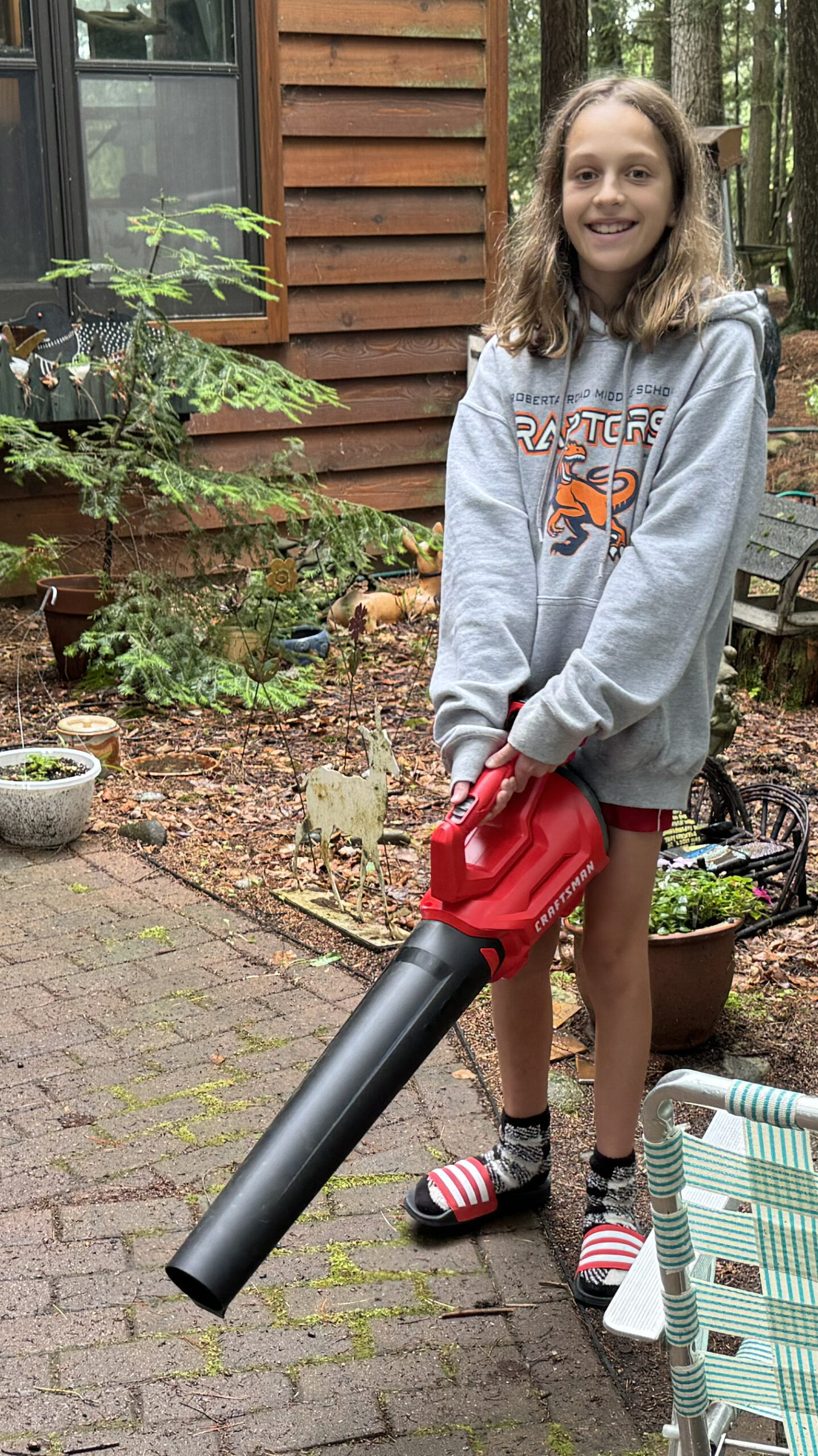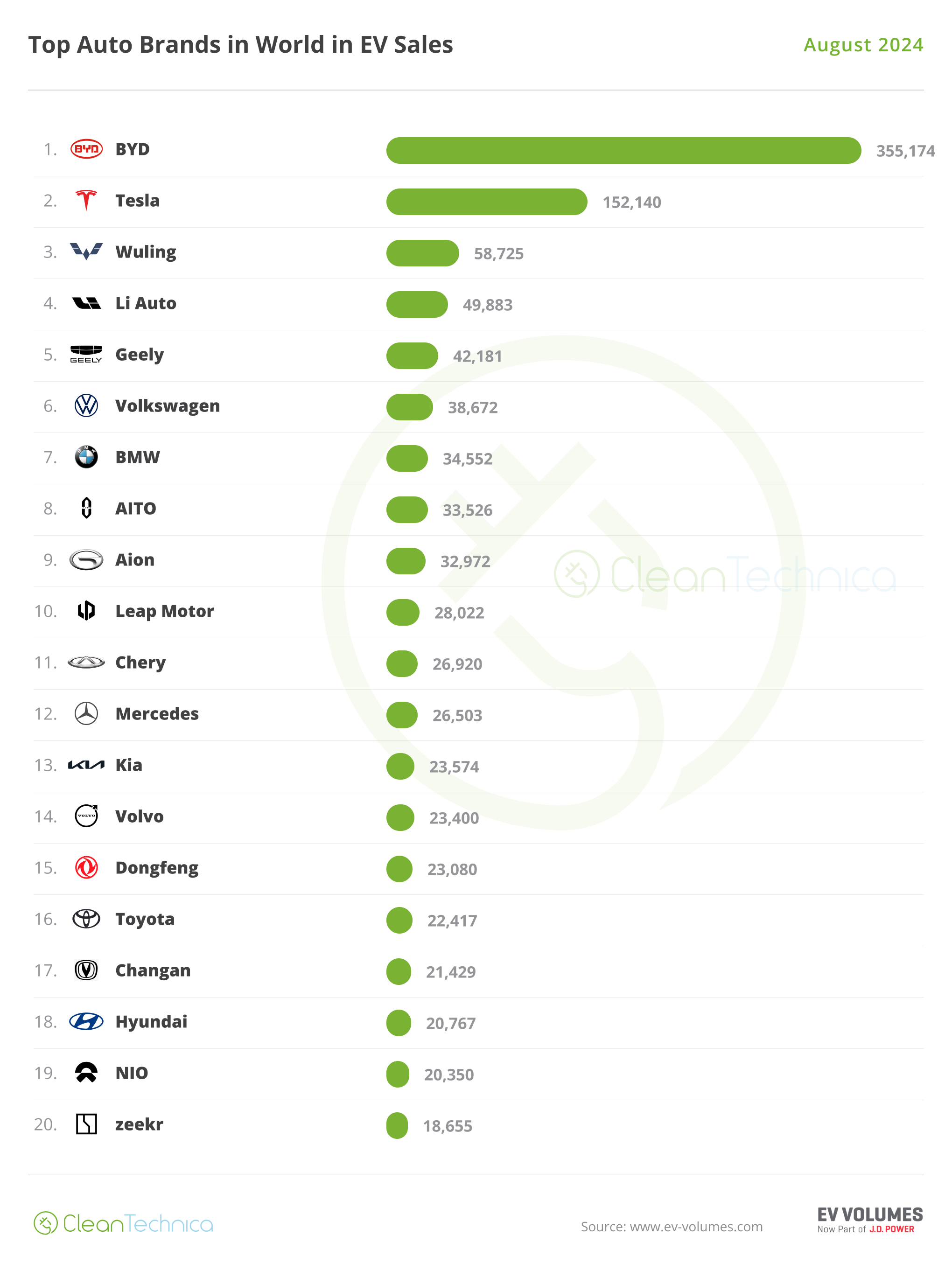Sign up for daily news updates from CleanTechnica on email. Or follow us on Google News!
WaterPACT Project To Quantify and Reduce Plastic Waste in US Rivers
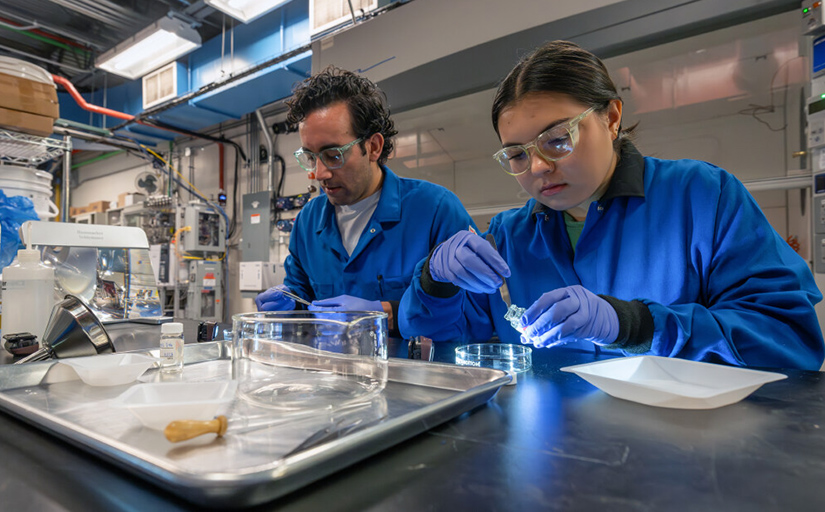
Rivers are nature’s highways, supplying nearby areas with life-sustaining water, nutrients, and biodiversity on their journeys to larger bodies of water. These days, however, they are far from pristine. A harmful substance is making its way down rivers and into oceans around the world: plastic debris.
In the United States, more than a million tons of plastic debris enters ocean-bound rivers, creeks, and sewer drains every year. Today’s waterborne plastics debris consists mostly of discarded textiles, electronics, construction materials, single-use packaging, and other waste. The result is a complex plastic pollution problem with broad scope, significant challenges, and emerging solutions.
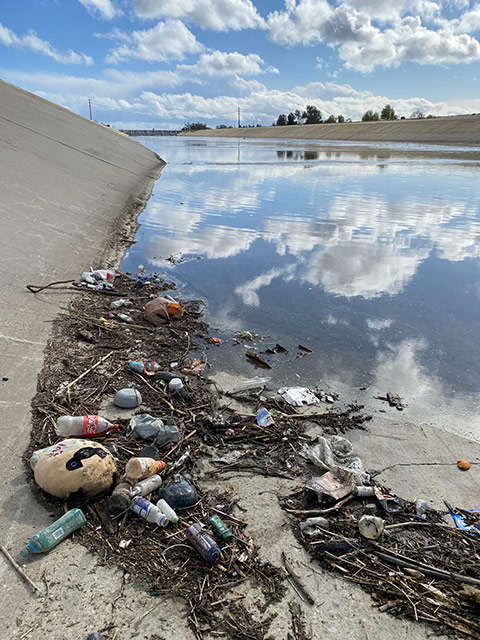
“Rivers are a delicate ecosystem that we depend on. By targeting plastic pollution in rivers, we can intercept it before it profoundly affects our ecosystems, communities, or the ocean,” said Ben Maurer, principal investigator of the Waterborne Plastics Assessment and Collection Technologies (WaterPACT) project.
The WaterPACT project is led by the National Renewable Energy Laboratory (NREL) and funded by the U.S. Department of Energy’s (DOE’s) Water Power Technologies Office (WPTO). WaterPACT is on a mission to develop renewable-energy-powered technologies to detect, quantify, and collect plastic from U.S. waterways. With collaboration from researchers at the Pacific Northwest National Laboratory, the NREL-led Bio-Optimized Technologies to keep Thermoplastics out of Landfills and the Environment (BOTTLE) consortium, and the Environmental Molecular Sciences Laboratory, the WaterPACT project aims to reduce the volume of plastic currently entering the ocean annually via U.S. waterways by more than half by 2040.
“Our hope is to understand the problem enough to do something about it,” Maurer said. “We don’t have the perfect solution yet, but waiting for perfect is pointless. We know enough today to make fewer mistakes moving forward and to start developing solutions, both upstream and downstream.”
Sizing Up the Plastic Pollution Problem
WaterPACT scientists realized early in their research that data on the types and concentrations of plastics in U.S. rivers did not exist on a comprehensive, national scale. In fact, there was no established methodology for gathering or analyzing plastic waste. So began a series of innovations to evaluate the scope of the plastic pollution problem.
“It’s exciting to feel like we’re at the forefront of a growing field,” said Clarissa Lincoln, a research technician at NREL. “We try to keep in mind that when things don’t work, we’re still gathering useful information. We’re hopeful that having a better understanding of what strategies are not the most efficient or the most accurate will save other researchers time down the road.”
WaterPACT partnered with the U.S. Environmental Protection Agency Region 3, Louisiana State University, University of California Riverside, Oregon State University, Portland State University, and the Moore Institute to collect plastic and water samples just upstream of where the Columbia, Delaware, Los Angeles, and Mississippi rivers each meet the ocean.
“Our goal right now is to better understand how plastic pollution flows through U.S. riverside communities and can eventually enter the ocean,” Lincoln said.
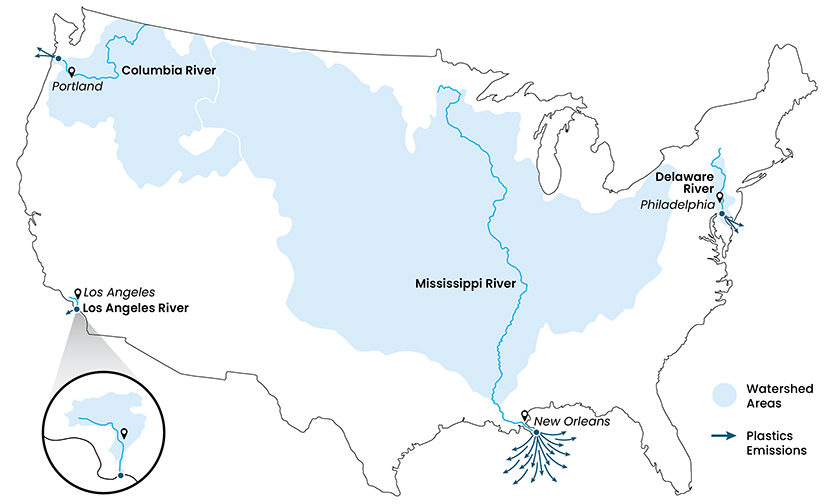
“There is a tremendous amount of plastics in the samples we collected,” said Ali Chamas, reflecting on his field work on the Los Angeles River in 2023. Chamas is a chemical engineering postdoctoral researcher at NREL in his third year with the WaterPACT project. “My main objective is to help the community and general public understand the scale of this problem. I’m hopeful that this will stir some development or interest in the area and lead to more people working to combat this.”
“This evaluation phase will allow us to understand the greater costs of plastic waste on the environment, communities, and human health,” Maurer said. “The benefits of cleaning up these rivers could be enormous, from reclaiming the resources in plastic waste to improving tourism and recreation. Once we understand the scope of the problem, we want to develop sensors and collectors powered by river energy that address the giant data and engineering gaps that currently exist in cleaning up waterways. Then, we can get our technologies into the hands of people who can begin to remediate the pollution.”
The Visible Plastic Pollution Problem
Once collection was complete, the samples were shipped to NREL in Golden, Colorado, where the research team began the arduous task of processing them for analysis. While larger and more colorful pieces of plastic were easy to spot by eye, the murkier contents of the samples made the process of identifying smaller and less colorful particles difficult.
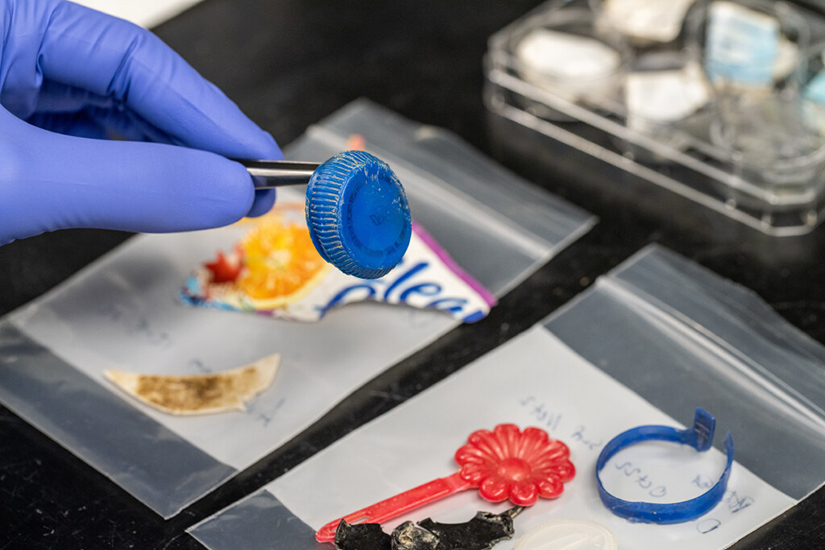
“We were trying to collect plastic, but as you can imagine, a lot of other things end up in the net as well,” Lincoln explained. “Our net samples largely consist of biological materials like algae, leaves, and sticks. We were initially sorting everything by hand, which made it really difficult to differentiate the plastic from all the other gunk we picked up.”
To solve this dilemma, the team developed a clever, two-step biological digestion process that removed the plant material but left the plastic intact for analysis.
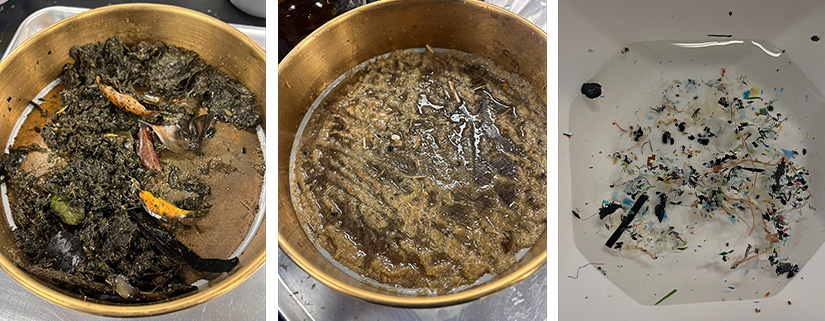
Researchers rinsed the samples before beginning an oxidation process with Fenton’s reagent, a solution of iron sulfate and hydrogen peroxide. The samples were then filtered before undergoing a second digestion using bleach.
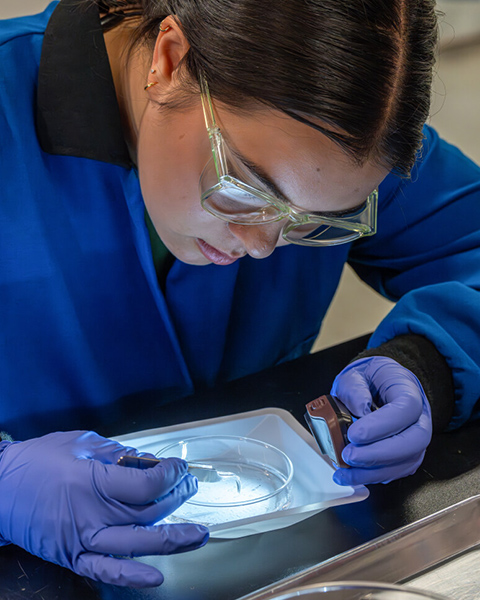
“After the digestion, we do most of our hand sorting,” Lincoln said. “We’ve found it easiest to take really small amounts of this digested material, like a pinch smaller than the size of a pencil eraser, put it in a petri dish, and add water. This allows us to disperse the material so that the pieces don’t overlap.”
Now, with a clear view of the plastic from their samples, researchers could develop procedures for categorizing the plastics by structure, size, and shape.
For example, the researchers found the established method for analyzing the chemical structure of plastic samples—attenuated total reflectance–Fourier transform infrared spectroscopy (ATR–FTIR)—to be unnecessarily time consuming. Furthermore, the ATR crystal used to direct light to the sample for analysis could destroy certain weathered samples. So, WaterPACT researchers developed a faster and gentler technique using microplate readers and a new particle holder, detailed in their Analytical and Bioanalytical Chemistry paper, “Generation of macro- and microplastic databases by high-throughput FTIR analysis with microplate readers.”

The “Invisible” Plastic Pollution Problem
Large pieces of plastic were not the only pollutant researchers discovered. As plastic waste is exposed to erosion from the environment and radiation from the sun on its river voyage, it sheds tiny particles—less than 5 millimeters wide—called microplastics. WaterPACT researchers observed microplastics in net and water samples from all four rivers.
“Among the myriad environmental ramifications stemming from plastic waste, microplastic pollution stands out as particularly enduring,” said Kat Knauer, chief technology officer of BOTTLE and polymer scientist at NREL. “We are finding microplastics virtually everywhere, including in our own bodies, and we do not yet understand the long-term health and environmental effects of these pollutants. We just know they shouldn’t be there.”
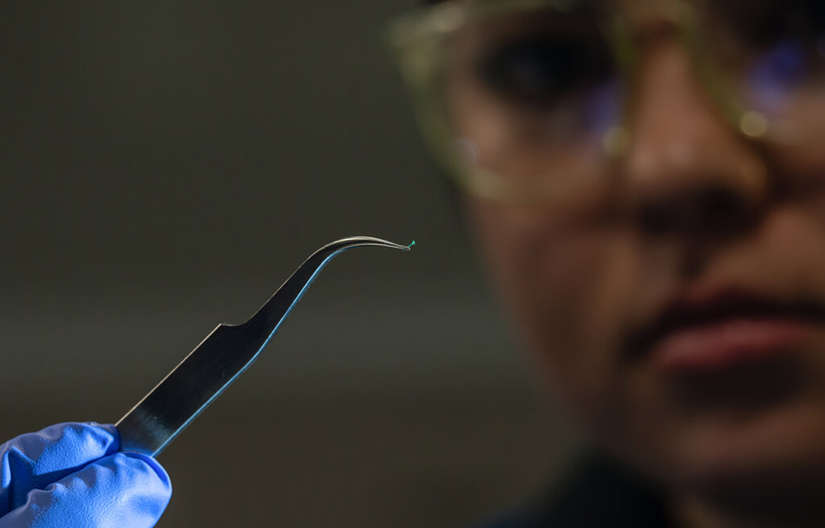
To process the water samples for analysis, the team used a one-step Fenton’s digestion process to gently reduce biomaterial. Researchers then filtered the samples and used a µFTIR microscope—a smaller version of the FTIR microscope used earlier on larger plastic pieces—to examine them.
“There has been plenty of work on microplastics in the last decade or so, but there hasn’t been an agreed-upon method to quantify the plastics,” Chamas said. “One of the things we’re developing is a standardized methodology for analyzing microplastics for a couple different types of sampling methods.”
The resulting methodology involves analyzing the water samples for additives, degradation products, manufacturing byproducts, and vector chemicals like pesticides and pharmaceuticals carried by plastic particles.
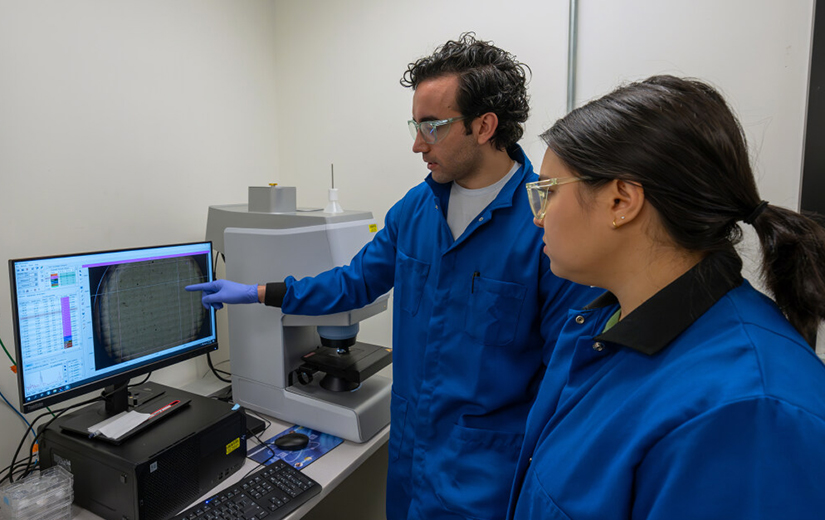
The Plastic Pollution Solution
While WaterPACT is determined to remove plastic pollution from U.S. waterways, BOTTLE is building on their research to prevent plastics from becoming pollution in the first place.
“We need to create a circular economy model for the plastic industry, which by extension would reduce the amount of waste ending up in landfills and our environment,” Knauer said. “Furthermore, we need to view plastics as a major target for decarbonization. We currently use 6% of all fossil fuels in the production of plastics—which, on a global scale, is very significant—and this is expected to approach 20% by the year 2050. Beyond that, plastic production, use, and disposal accounts for nearly 4% of our global greenhouse gas emissions.”
BOTTLE is approaching the problem from two sides: creating new recycling solutions to reclaim the finite resources in today’s highly contaminated, mixed-plastic waste and redesigning plastics to improve their recyclability.
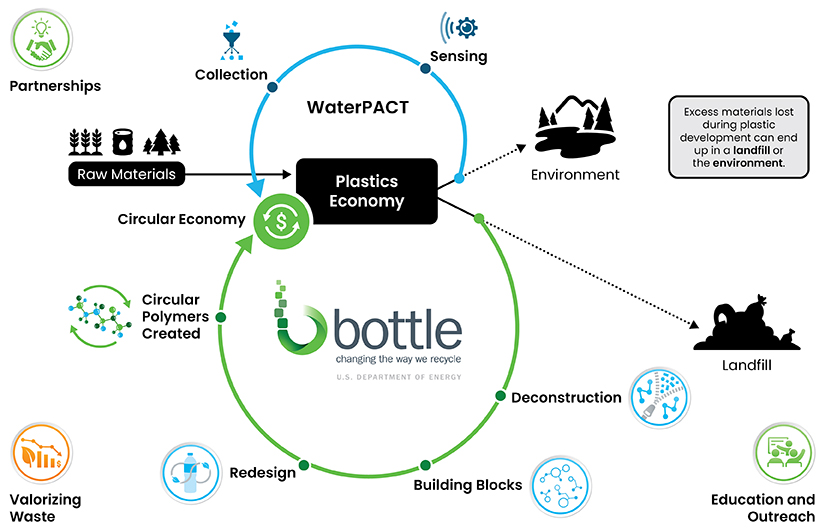
“By implementing more effective recycling tools in our supply chains, we will start to see plastics as valuable resources and not just something that is disposable and easily lost,” Knauer said. “By redesigning plastics, we will improve end-of-life recyclability and valorize plastic waste, which by extension would limit the amount of plastic lost to the natural world.”
Together, BOTTLE’s upstream approach and WaterPACT’s downstream approach to addressing the plastic pollution problem will enable a better future for humanity and our environment.
WaterPACT was initially funded by a small grant from DOE’s Bioenergy Technologies Office (BETO) and is currently funded in part by WPTO. BOTTLE is funded by BETO and DOE’s Advanced Materials & Manufacturing Technologies Office.
Article from NREL. By Anna Nixon
Have a tip for CleanTechnica? Want to advertise? Want to suggest a guest for our CleanTech Talk podcast? Contact us here.
Latest CleanTechnica.TV Video
CleanTechnica uses affiliate links. See our policy here.


